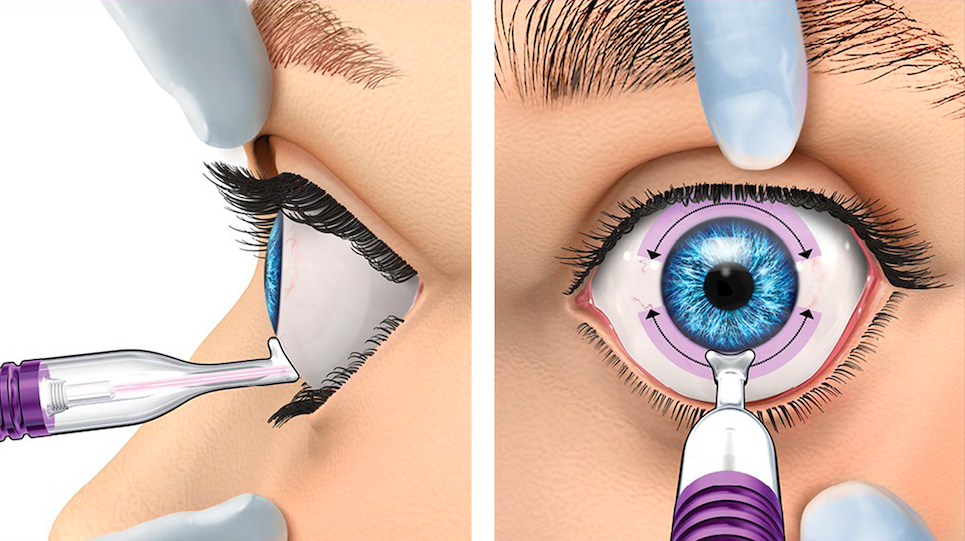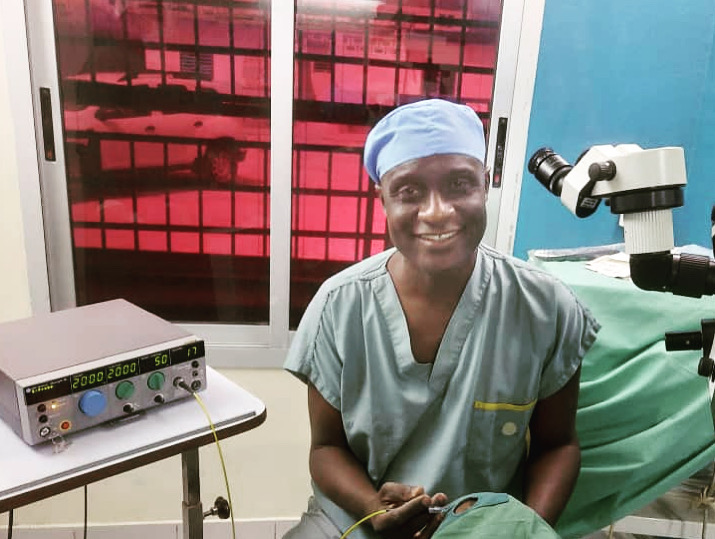MicroPulse Transscleral Laser Therapy

Versatility To Treat a Wide Range of Glaucoma Types
MicroPulse Transscleral Laser Therapy (TLT) is a cost-effective combination of safety, effectiveness, and repeatability in a non-incisional approach to glaucoma care.1-17 MicroPulse TLT offers physicians the versatility to treat a wide range of glaucoma types and severity while minimizing the effects of elevated IOP. More than 175,000 glaucoma patients in over 80 countries have been treated since 2015 with TLT, which is performed using the MicroPulse P3 Delivery Device. MicroPulse TLT can be introduced prior to, in conjunction with, or following all other glaucoma treatment options.
The procedure can be performed in less than seven minutes, and in most cases, patients can resume their normal activities within 24 hours. Patients appreciate fewer follow-up office visits and no lifestyle restrictions as required after traditional surgical procedures (e.g., trabeculectomy or tube shunt surgery) and MIGS treatments.
In contrast to TSCPC in continuous-wave mode, MicroPulse TLT is a low-energy procedure that delivers about one-third of the energy of CW- TSCPC, and has shown a more consistent and predictable IOP-lowering effect with an improved safety profile in patients with advanced glaucoma. In patients with moderate to mild stage glaucoma, published studies have demonstrated high success rates with minimal complications in reducing IOP. These studies, along with physicians’ personal experiences, have encouraged use of MP-TLT earlier in the progression of glaucoma, and prior to trabeculectomy, tube shunt, and MIGS procedures.
Achieves a success rate of 60% to 80%1-17 and IOP reduction of 30% to 45% 1, 3, 6, 9-15, 17, 18
Can help to reduce drug burden in eye drops and oral medications 1-4, 6-13, 18
Reaches durability of up to 72 months with 3 retreatments 19
Can be performed in the office or operating room
Requires limited amount of immediate follow-up
Patients can resume their normal activities within 24 hours
Leaves future treatment options open
Surgical Guide
| 1. | A viscous, liquid interface (e.g., methyl cellulose) must be utilized to ensure proper light coupling to the conjunctiva. Place a drop on the undersurface of the probe footplate. Reapply as necessary. Not using a liquid interface could result in an inconsistent application of laser energy. |
|---|---|
| 2. | Orient the probe with the wide, curved side (bunny ears) aligned at the surgical limbus to ensure consistent treatment application. Be sure to view from directly above to avoid placement error because of parallax. |
| 3. | Maintain the entirety of the probe footplate flat against the conjunctiva throughout the treatment while applying constant and gentle pressure (Figure 1). Do not rock the probe while sweeping. |
| 4. | Treat one hemisphere or quadrant of the eye at a time. Sweep the MicroPulse P3 Probe along the limbus in an arc of 75 degrees per quadrant (Figure 2) or 150 degrees per hemisphere (Figure 3) for between 10 – 20 seconds. Reverse the direction and repeat for a total of 3-5 passes. Avoid the 3 and 9 o’clock meridians. |
| 5. | Average laser powers of 2000mW – 2500mW at a duty cycle of 31.3% have been reported safe and effective by physicians in published scientific literature. 1,2 |
1 Nguyen AT, Maslin J, Noecker RJ. Early results of micropulse transscleral cyclophotocoagulation for the treatment of glaucoma. Eur J Ophthalmol. 2020;30(4):700-705.
2 Kaba Q, Somani S, Tam E, Yuen D. The effectiveness and safety of micropulse cyclophotocoagulation in the treatment of ocular hypertension and glaucoma. Ophthalmol Glaucoma. 2020;3(3):181-189.

